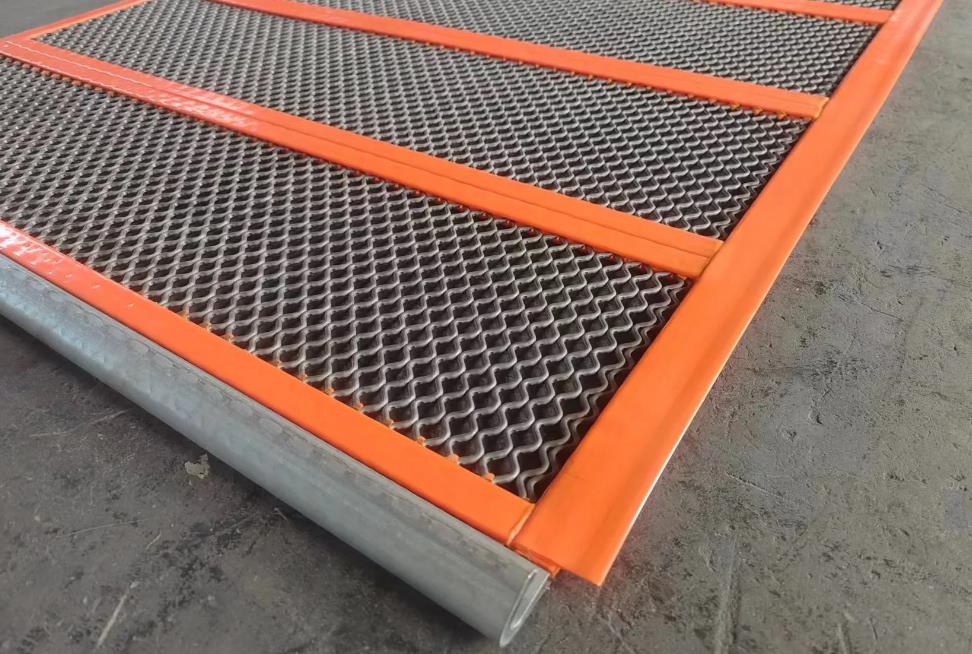How to Choose the Right Tension-Free Self-Cleaning Screen for Your Screening Needs
Selecting the appropriate Tension-Free Self-Cleaning Screen is crucial for industries like mining, construction, and recycling, where efficient material flow and reduced maintenance are essential
Selecting the appropriate Tension-Free Self-Cleaning Screen is crucial for industries like mining, construction, and recycling, where efficient material flow and reduced maintenance are essential. Here’s a guide to help you choose the best tension-free self-cleaning screen for your application:

1. Material Quality and Durability
Opt for high-quality, durable materials that can withstand abrasive environments and heavy usage. Stainless steel and polyurethane are popular choices due to their strength and wear resistance. High-quality materials ensure longer lifespan and reduce the need for frequent replacements, resulting in lower maintenance costs.
2. Aperture Design and Size
The design and size of the apertures are critical to the self-cleaning capabilities of the screen. Smaller apertures work well for finer particles, while larger ones allow for better flow of coarse materials. Self-cleaning screens often feature a crimped or wave pattern, which promotes continuous material movement and minimizes clogging and blinding.
3. Flexibility and Self-Cleaning Efficiency
A tension-free design allows the screen to flex under load, enhancing self-cleaning by shaking off sticky or wet materials. This flexibility is crucial for preventing clogging, especially when screening materials that tend to bind. Consider the level of flexibility needed based on the type of material being processed.
4. Compatibility with Equipment
Ensure the tension-free screen is compatible with your existing screening equipment. Accurate sizing and proper fitting are essential for smooth operation and safe installation. Some screens are customizable to fit specific equipment, so confirm measurements and specifications before purchase.
5. Maintenance Requirements
Tension-free self-cleaning screens typically require less maintenance than traditional screens, but ease of cleaning and replacement should still be considered. Modular designs allow for quicker installation and replacement, minimizing downtime and ensuring continuous operation.
In conclusion, choosing the right tension-free self-cleaning screen involves evaluating material quality, aperture size, flexibility, equipment compatibility, and maintenance needs. By selecting a screen that meets these criteria, you can improve screening efficiency, reduce clogging, and lower operational costs in the long run.



